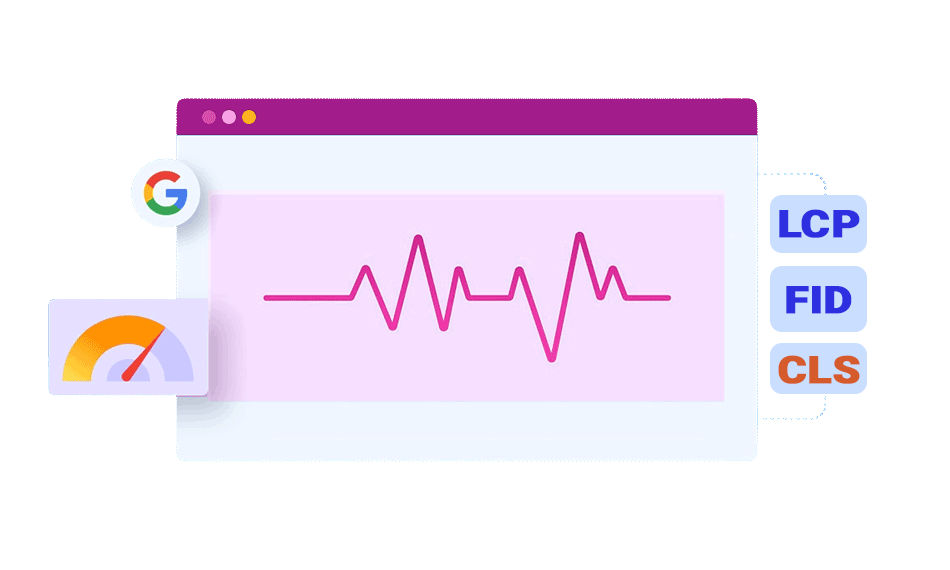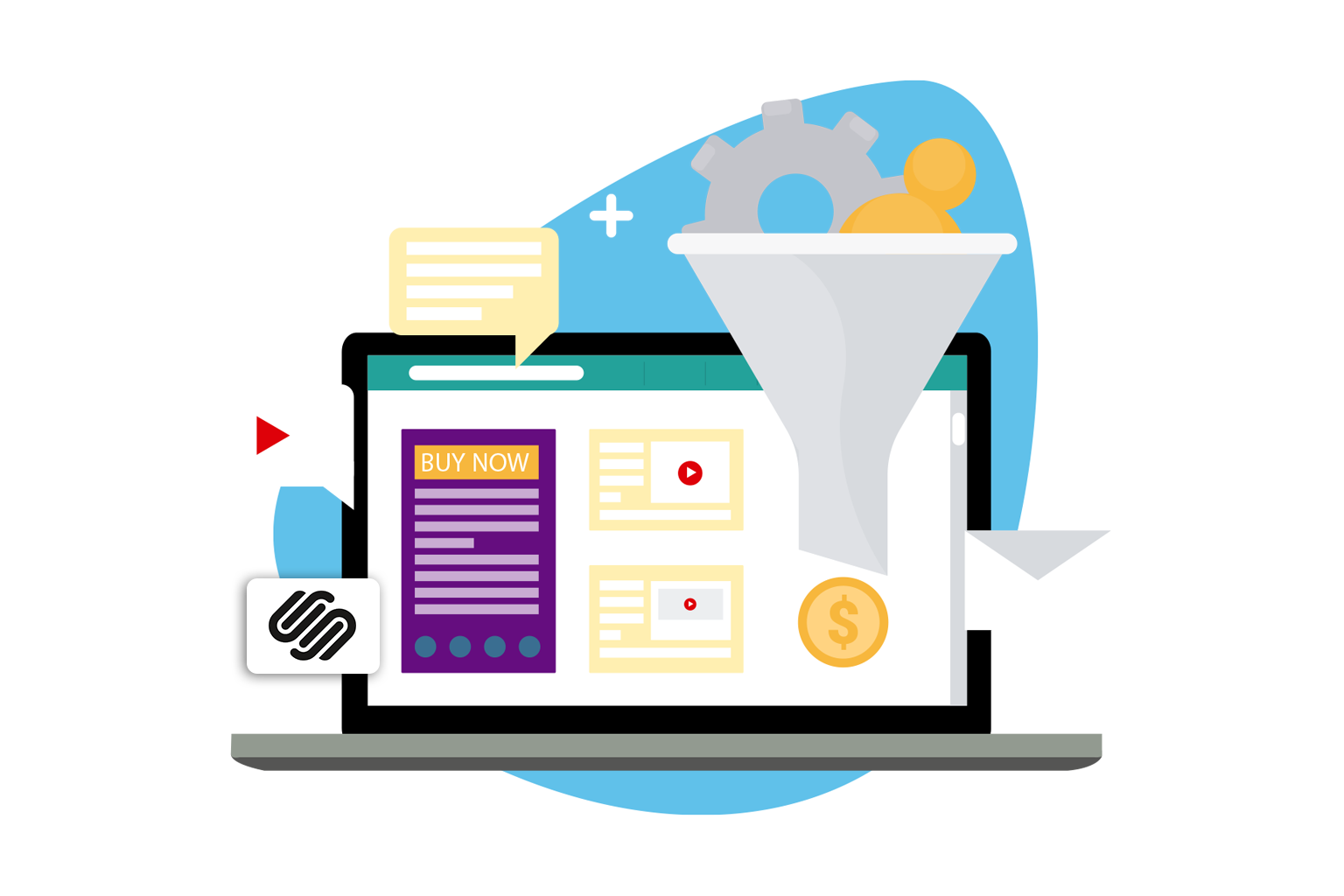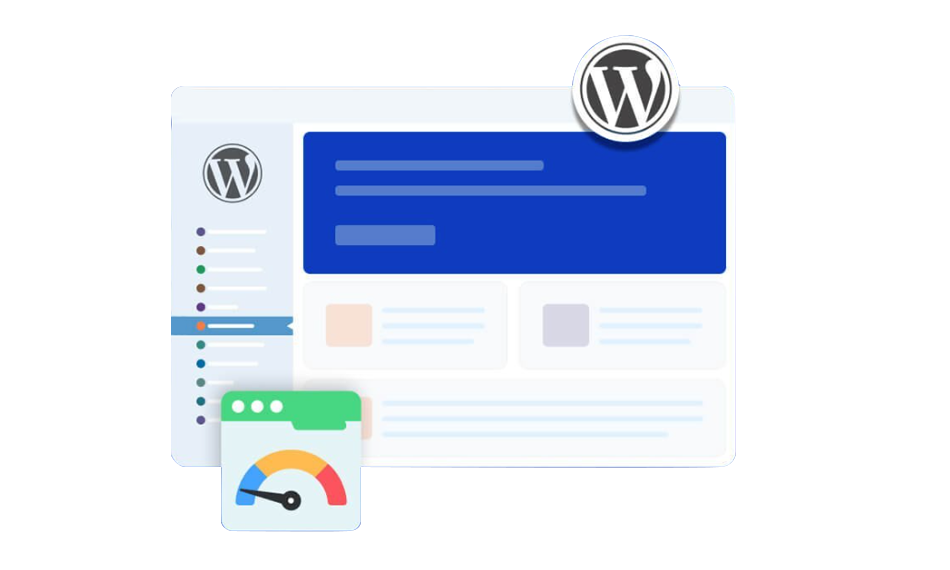TL;DR: Core Web Vitals are metrics introduced by Google, helping you improve your site’s performance. Here’s a guide that covers every aspect of Core Web Vitals, including its importance and strategies to improve Core Web Vitals in 2025.
As the digital landscape is evolving, performance optimization has become crucial for developers more than ever. In this view, site owners and developers are focusing more on optimizing Core Web Vitals in 2025 for thriving in search engine rankings.
Core Web Vitals is the initiative by Google, launched in May 2020, to help site owners and developers improve their site performance. CWV is the set of standards that Google introduced as part of the ongoing initiative. Understanding and maintaining your site according to these standards not only enhances user experience but also increases the chances of your website thriving in search engine rankings.
This blog will guide you to understand everything about Core Web Vitals in 2025 and strategies for improving them. The article will focus on actionable strategies and insights for optimizing core web vitals in 2025
Google has set the three key players for a good website: loading speed, layout stability, and responsiveness. Core Web Vitals are based on these three features directly related to enhancing user experience. Thus, Core Web Vitals are the set of metrics on the basis of which Google measures a website’s performance and real-world user experience. In 2025, the major CWV metrics are:
1. Largest Contentful Paint (LCP) – Measuring Loading Speed
Largest Contentful Paint (LCP) measures how fast the largest and most significant part of your page loads when someone opens the URL. Other benchmarks measure distant features of the website while LCP measures the load time of the largest on-screen element, text, image, or block. If the LCP loading seems snappy, and the main content loads without delay, then there’s a lower chance of the user getting frustrated. The user will further engage with the site if the LCP presents the first good impression. The recommended LCP loading time by Google is 2.5 or less than that. You can increase your LCP score by taking these measures, such as optimizing images in modern formats, enabling caching, managing traffic through a CDN system, coding images in modern formats, and enabling lazy loading on suitable components.
2. Cumulative Layout Shift (CLS) – Measuring Visual Stability
Cumulative Layout Shift (CLS) measures how much shifts or jumps does the page unexpectedly is taking while loading. It’s not numerical, but tally the weight of content shifting. Layout changes while images are loading are the most common example of CLS. When dimension, layouts, and buttons takes a shift while loading it increases the CLS of a page. This all can result in accidental clicks anywhere, disordering of content or instructions, leading to a lack of trust and increased frustration of the user.
An optimal CLS score should be less than 0.1 seconds for maintaining good Core Web Vitals. You can minimize CLS by applying techniques such as assigning explicit width and height dimensions for images and videos, and preloading key fonts. Also, ensure the collapse of elements with already rendered components on the page.
3. Interaction to Next Paint (INP)—Assessing Overall Page Reactivity
Interaction to Next Paint (INP) is one of the newest important Core Web Vitals metrics in 20, replacing First Input Display (FID). It measures every action of the user while browsing, like clicks, key presses, etc. Through measuring every action, it measures the delay time between the user’s click and the server’s action on it.
An optimal INP is 200 milliseconds or less which provides a smooth user experience. The delay between a user’s click and waiting for the customer can increase frustration and exit rates. You can reduce lengthy or heavy JavaScript files, non-essential links, or redirects. Lazy loading on non-essential scripts or images and choosing a layout that helps speed up your website.
LCP, CLS, and INP together present the full definition of Core Web Vitals, presenting the real-time website performance and metrics covering a few benchmarks. These are: the speed of content loading, page stability, and responsiveness. These three benchmarks will help you in improving Core Web Vitals for a better user experience, and thrive in the search results.
Why Are Core Web Vitals Important in 2025?
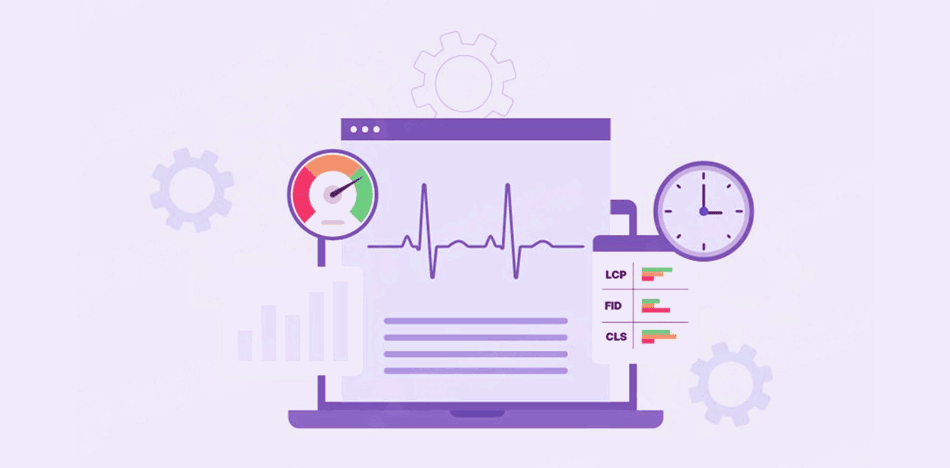
Google updates its ranking algorithms time to time, and now the focus is on the Core Web Vitals in 2025 based on a user-centric approach. A poor CWV and slow loading speed of a website can not only frustrate users but also significantly impact conversion, visibility rate, and user experience. Core Web Vitals in 2025 focus on these three features for a good website.
Enhanced Search Engine Rankings
Meeting these performance metrics increases your website’s chances of ranking higher in search engine results.
Improved User Experience
User experience is a must, as these metrics are also based on user behaviour. A loading website keeps users engaged and reduces exit and bounce rates.
Competitive Advantage
Optimizing websites by improving CWV also presents the advantage of competing with others in digital marketing campaigns, gaining better traffic, ROI, and sales.
Why focus on Core Web Vitals in 2025?
Google keeps updating its ranking algorithms, and in 2025 the emphasis is on metrics that reflect a human perspective. A site that loads slowly, shifts unexpectedly, or reacts sluggishly not only irritates users but also reduces conversions and drops in visibility.
Higher search visibility—Getting Core Web Vitals thresholds in the green signals to Google that your site is worth ranking. A better user experience—a site that is quick, stable, and interactive keeps visitors interested and lowers bounce. A competitive edge—optimized experiences build trust, drive traffic, and deliver stronger returns on digital marketing spend.
How to optimize Core Web Vitals in 2025?
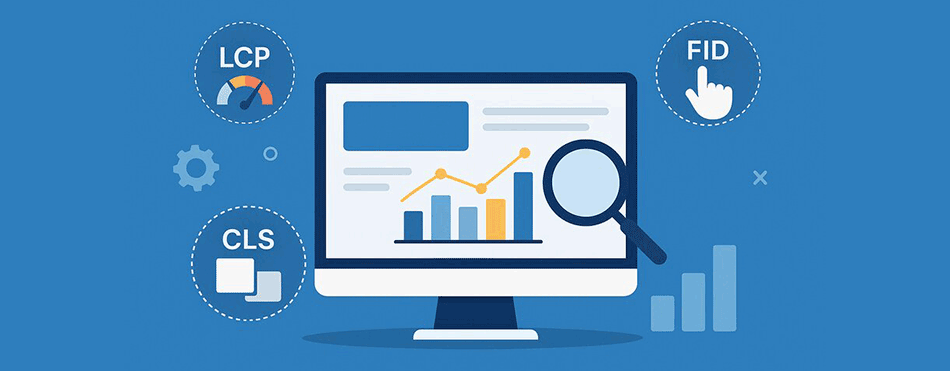
Here are some key strategies mentioned that you can use for improving Core Web Vitals in 2025 and thrive in this digital world.
1. Improve Largest Contentful Paint (LCP)
- Firstly, pick a good and reliable hosting provider. Secondly, use an efficient Content Delivery System.
- Compress and optimize images using methods like lazy loading etc.
- Use modern formats for images like WebP or AVIF that are efficient in optimizing space and loading speed.
- You can enable server-side caching to speed up content delivery.
2. Speed Up Interaction to Next Paint (INP)
- Limit JavaScript run and loading time by breaking up into separate files and deferring scripts that aren’t important to load initially.
- Pick modern frameworks that prioritize speed up front, like Next.js or Astro.
- Cut back on third-party scripts that hold up user input.
- Keep an eye on INP through CrUX or PageSpeed Insights.
3. Try to Minimize Cumulative Layout Shift (CLS)
- Ensure that you’ve specified dimensions, including height, width of images, and ad slots.
- Never insert elements above the fold after page load to avoid overlapping and hindered loading.
- Prevent delayed rendering by enabling preload fonts.
4. Use Proven Web Performance Optimization Techniques
- Lazy-load images and videos so the above-the-fold content loads first.
- Load scripts asynchronously to avoid blocking the rendering.
- Run your site over HTTP/3 and QUIC for quicker, steadier connections.
- Prefetch or preload key resources to get ahead of user behavior.
5. Keep Performance Under Continuous Review
- Monitor performance with Google Search Console, Lighthouse, and WebPageTest across all audits.
- Continuously log core web vitals to spot regressions.
- Implement real-user monitoring (RUM) for on-the-ground measurements.
Core Web Vitals Impact on Your Site’s SEO

Quality content and authoritative backlinks remain the heart of Google rankings. As of 2025, Google firmly put the spotlight on Core Web Vitals—metrics. User experience, responsiveness, and site speed are at the center of CWV. In 2025, as well, the message by Google is clear that if you want to thrive in the search engine rankings, you have to keep your approach user-centric. A fast loading website with responsiveness and stability has a chance to go in Google’s favour.
1. CWV at the centre of Google Ranking Factor
Google has cleared the air that Core Web Vitals metrics play a vital role in ranking. Sites that meet CWV benchmarks have a higher chance of being positioned to surpass slower or unstable rivals on the search results page. While content relevance still carries the most weight, in tightly contested queries, CWV can serve as the decisive element where two sites share authority and on-topic, high-quality content.
2. Improved Search Engine Rankings
Satisfying CWV standards increases your site’s visibility in organic results. Pages that load fast (high LCP), respond immediately (high INP), and deliver a stable layout (high CLS) fulfill Google’s goal of user-centered delivery. The payoff is a higher ranking, more organic traffic, and longer visitor engagement.
3. Enhanced User Experience → Better Engagement Signals
Beyond crawling code and semantics, Google now watches what visitors actually choose to do. When people linger, tap farther into your site, and dart away less, Google takes note and flags your content as useful. Effective Core Web Vitals fine-tuning smooths out delays, visual jumps, and dead taps, so you get:
- less bounce rates
- Extended session times
- Increased conversions
These warm engagement signals carry their weight right back into your rankings.
4. Mobile-First Indexing and Core Web Vitals
Google serves mobile-friendly content first, so metrics like Core Web Vitals are now the mobile flag bearers. For the bulk of users browsing on phones, even a slight slowdown or a shifting layout feels exaggerated. When you start improving Core Web Vitals, any Squarespace site or custom stack gains a mobile leg-up, helping you climb mobile search placements.
5. Competitive Advantage in SERPs
Consider Core Web Vitals the hidden “experience scorecard” added to your SEO. If a rival site stutters or registers poor CWV, your tuned page is the smooth option users notice. Google routinely highlights “Fast Page” badges when possible, and indexed results showing that tag often enjoy lifted CTRs.
6. Long-Term SEO Sustainability
SEO has evolved a lot in the last decade, and it’s not merely confined to backlinks or keywords. Today, it is based on technical expertise, observations and delivering value and performance. Optimizing Core Web Vitals in 2025 means taking a step further to align with the Google metrics and gaining user trust. Focusing on user experience, loading speed, and visual stability, Google is driving a long-term vision for developers and website owners that will not only benefit them currently but also ensure long-term SEO sustainability.
Best Tools to Measure Core Web Vitals

- The PageSpeed Insights’ Core Web Vitals assessment
- Chrome User Experience Report (CrUX);
- Chrome DevTools Performance Tab;
- The Core Web Vitals report in Google Search Console
- Real User Monitoring (RUM) Tools;
- The Core Web Vitals Chrome extension.
These are some reliable tools you can use to measure your website’s Core Web Vitals and determine where you stand out in the competitive digital world and what scope of improvements you can make to optimize your website.
Conclusion
Core Web Vitals in 2025 are a vital part of making your presence in search engine results, as Google significantly relies on these metrics for website rankings. CWV is evolving day by day, focusing more on optimizing user experience. Businesses that focus on web performance optimization can achieve success and stay ahead in search rankings. We have mentioned the best tips to optimize CWV of your website, you can focus on them and thrive in your business, enhancing user experience, trust, and reliability.












































